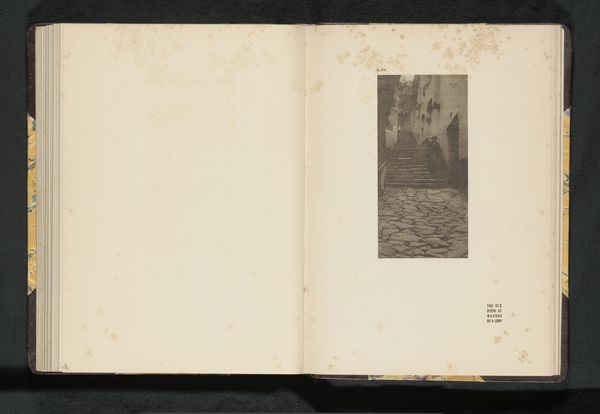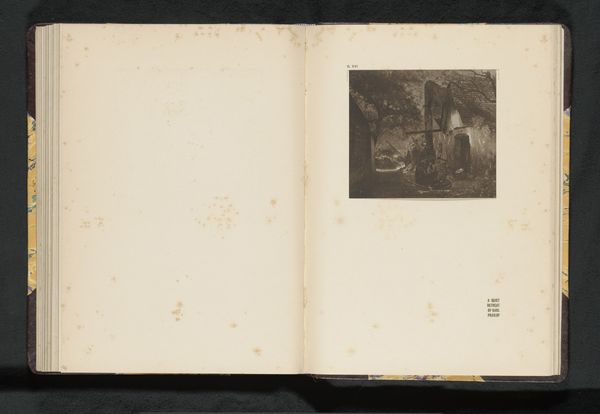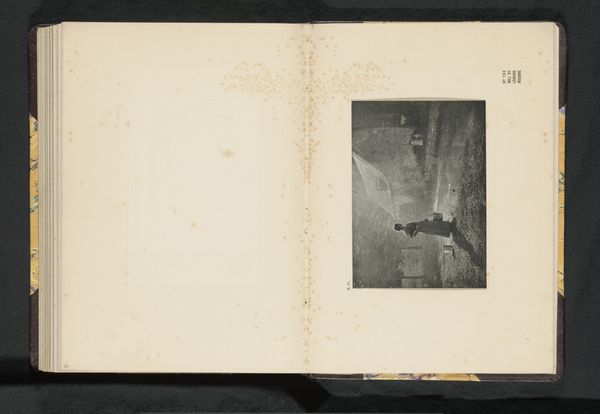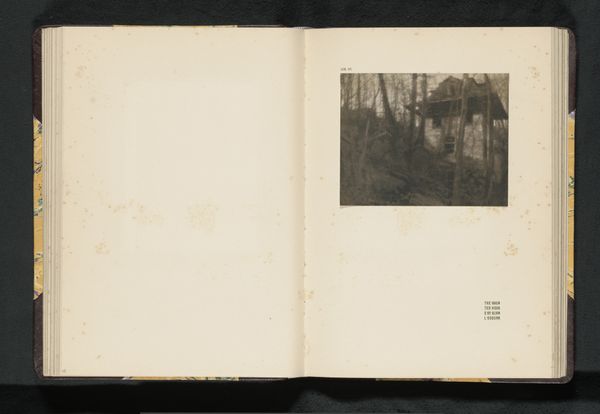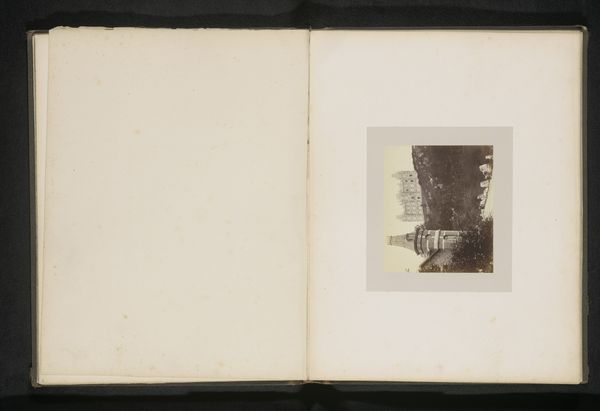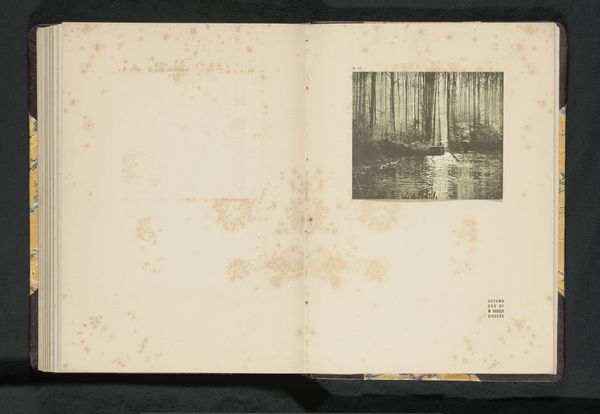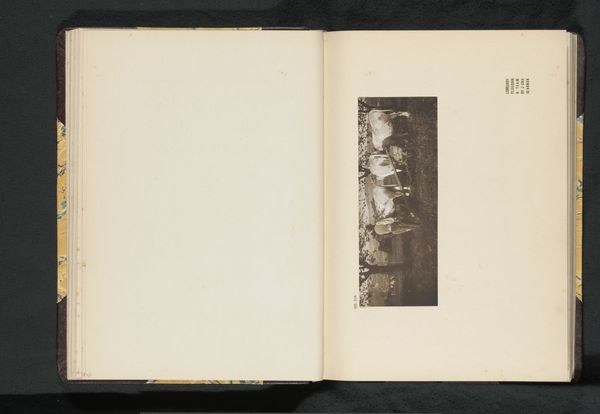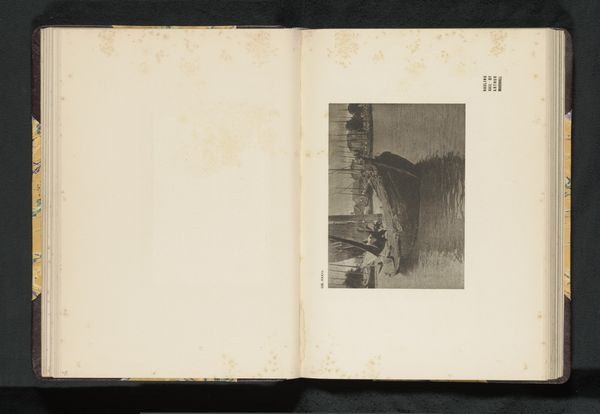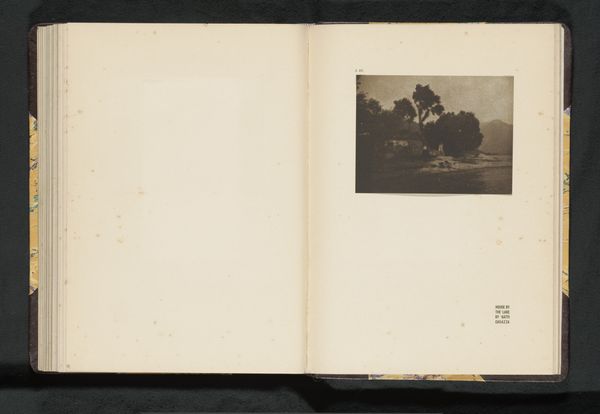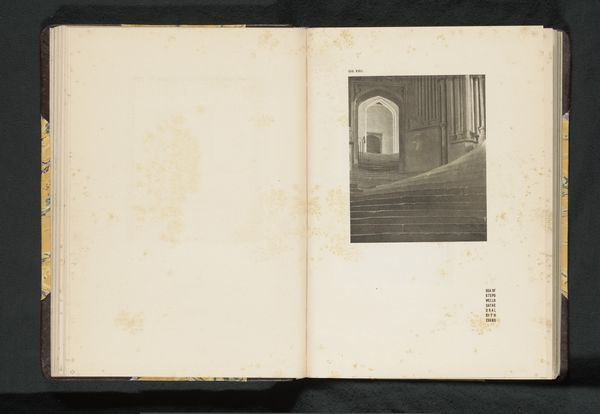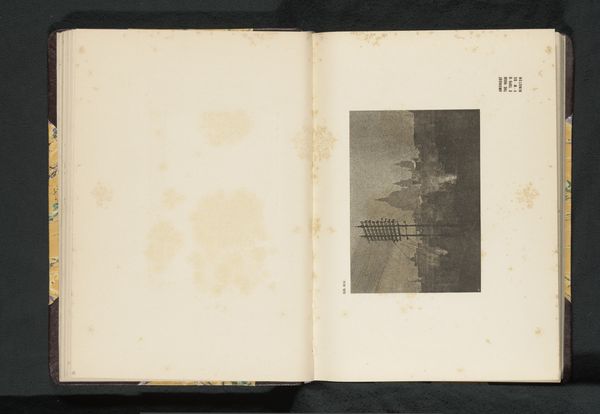
print, photography
#
pictorialism
# print
#
landscape
#
photography
#
plant
Dimensions: height 148 mm, width 114 mm
Copyright: Rijks Museum: Open Domain
Curator: Here we have Marcel Vanderkindere’s "Landschap met koninginnekruid", or "Landscape with Queen Anne's Lace", predating 1905. It’s a photograph, specifically a print, in the Pictorialist style. Editor: My immediate impression is one of tranquility, almost hushed. The monochrome tones and soft focus lend an air of mystery and perhaps a touch of melancholy. It’s incredibly immersive, like stepping into another world. Curator: Pictorialism, as a movement, very consciously emulated painting, seeking to elevate photography to the status of fine art. We see this aspiration reflected in the choice of landscape, traditionally a genre of painting, and also in the manipulation of the print itself, softened and imbued with a subjective atmosphere. What stories do you think the image tries to communicate about people? Editor: Well, if we consider Queen Anne's Lace, also known as wild carrot, its symbolism is quite potent. In the language of flowers, it can represent sanctuary or refuge. Given the photograph’s overall mood, it makes me reflect on safe spaces—or the longing for a safe space in tumultuous sociopolitical climates. Curator: I think that is especially potent. The late 19th and early 20th centuries were times of immense upheaval, defined by shifts in class structures and also in terms of gender expectations. Is this artistic longing connected somehow to shifts of cultural attitudes and greater anxieties about national identity? Editor: The Queen Anne’s Lace also reminds me of interconnectedness, and potentially hints at a certain sense of unity. Its lacelike pattern, made up of tiny individual flowers, only becomes distinct when the flower blooms as one cohesive structure. It offers us a certain memory, that even within broader historical structures, people are interconnected. Curator: An insightful observation. It also begs the question of audience, and which viewer is meant to empathize with this sense of collective memory. Is it about solidifying solidarity through cultural memory, or something else entirely? Editor: Perhaps a little of both. And it brings us back to the skill of Vanderkindere himself. His image functions as a dreamlike window into an idealized past, perhaps suggesting both a yearning for and an escape from the pressures of contemporary life. Curator: A delicate balance indeed. It reveals the image as a potent distillation of anxieties, hopes, and enduring connections. Editor: Leaving me with a deeper appreciation of how symbols communicate in visual art.
Comments
No comments
Be the first to comment and join the conversation on the ultimate creative platform.
